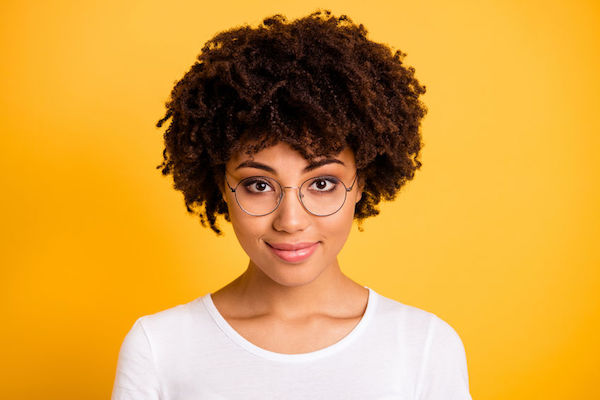Why are eye tests so important?
“Eye tests are essential to investigate the health of the eyes and also to monitor the eyes for possible diseases, such as glaucoma,” says Spec-Savers optometrist Hugo Burger. “For those who wear glasses or contact lenses, regular eye tests also help to determine visual acuity and refraction [strength of the lenses]. This allows us to ensure optimal vision for patients in all circumstances, such as night vision and when working in front of a screen.”

How often should you get your eyes tested?
“You should have your eyes tested every 18 months. The chances of developing any kind of eye pathology increase as you age, so annual tests are recommended for those aged 65 and older,” says Burger. Exceptions to this guideline apply to contact-lens wearers (tests once a year) and anyone with diabetes (once a year, or more frequently).
What happens during an eye test?
A comprehensive eye test typically includes a visual acuity test, where you will read a letter chart through various lenses; an objective eye test using an instrument known as a retinoscope; an assessment of the strength and balance of your eye muscles; and an interior and exterior eye examination.
How to find the most comfortable spectacle frames
“The shape of the frame does not influence its comfort. In fact, size, weight and the dimensions of the nose bridge determine comfort. Also make sure that the frame is not too small for your face. Keep in mind that prescription lenses still have to be cut for the inside of the frame and this can influence the appearance of the final product,” says Burger.
What should you look for in a spectacle frame?
“Personally, I’m a big believer in what makes the client feel most confident, but there are variables to keep in mind, such as the colour, weight and size of the frame, as well as fashion trends,” says Burger. According to the experts, the following three concepts are crucial when choosing a frame:
Contrast
Choose a frame that contrasts with your facial features. Choose rectangular frames if you have a round face, for example.
Colour
Choose a colour that complements your features. Blue frames will accentuate blue eyes.
Proportion
Make sure your frames are in proportion to the rest of your face. Optical glasses need to fit the size of your face.
Easy frame fixes for your face
Close set eyes? Opt for a bridge in a constrasting colour, as it makes the eyes look further apart.
Wide jaw? Choose a dramatic cat-eye style to draw the attenion to the top of your face.
Broad forehead? Try a rimless style, to avoid placing emphasis on the top half of the face.
IMAGE CREDIT: 123rf.com

